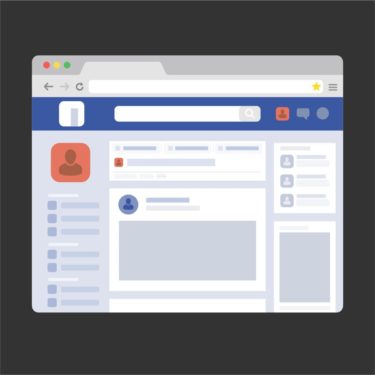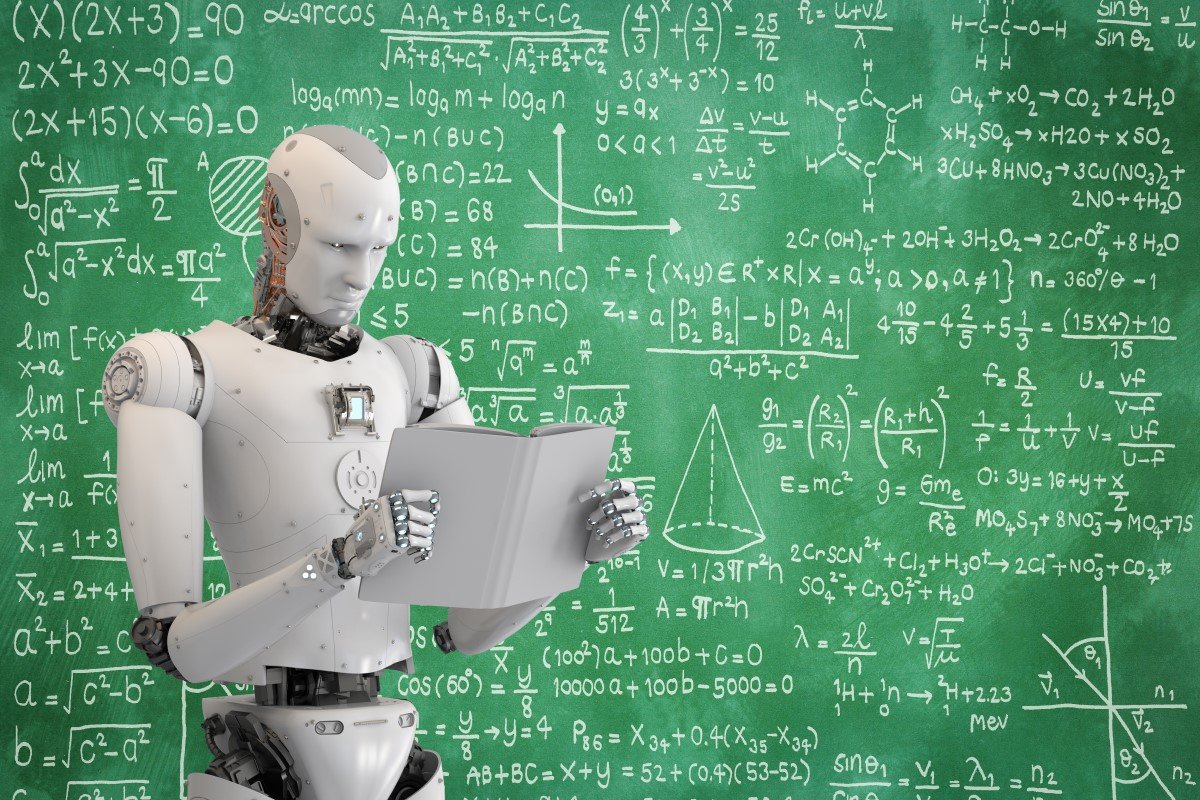Usually, a company focuses on growth during boom times. They seek to improve efficiency in tough times. History has shown us something, however. It shows that in every significant economic downturn since the 1980s, businesses relied on digital technology. Moreover, they relied explicitly on innovations in software technology. By doing this, they can return to full productivity with less bloat and fewer repetitive jobs.
Many technologists think that this is the best time to start an artificial intelligence focusing enterprise. Thus, artificial intelligence will likely drive the next economic recovery, and, at the same time, it will accelerate its adoption.
The Great Recession is often thought of as a “jobless recovery.” Economists at the NBER (National Bureau of Economic Research) found that the downturn accelerated the shift at both high and low ends of the spectrum to non-routine jobs. So, yes, existing tasks were automated. Nevertheless, companies empowered their employees with analytics and data. This was to augment their judgment and to improve quality and productivity. Thus, the virtuous cycle of judgment and data both increased profitability and created more rewarding work.
A surge in enrollment in post-secondary education in data science and analytics followed the highest levels of unemployment during the Great Recession. This was because people were seeking out opportunities to improve their skills. Despite increased automation, a recovery followed that period, where unemployment fell to historic lows.
Now, again, we are thrust into a cycle of recession and recovery. Industries forecast to benefit from improved machine learning and artificial intelligence in the next recovery. That expectation will create new opportunities for artificial intelligence entrepreneurs.
Software Technology
A set of applications and emerging software technology generally defines every economic recovery.
The companies that grew in the lackluster economy in the early 1980s staged the first software IPOs. This coincided with the economic rebound in the middle of that decade: Borland, Autodesk, Adobe, Oracle, Microsoft, and Lotus.

In the history of commercial enterprise, packaged software signified a unique turning point. It did not require much in terms of either personnel or CAPEX costs. Software companies had gross limits of 80%. Thus, this gave them fantastic resilience to shrink or grow without endangering their existence. Software companies could be started quickly with minimal to no outside investment if entrepreneurs were willing to work for lower wages. They could often grow organically and bootstrap if they could find an early product-market fit.
When recessions hit this new software market, companies adapted very quickly to foster innovation. This happened because high-quality people were available for less high prices. At the same time, established companies put new product development on hold, and they tried to service existing customers.
The software companies that come out from recession usually pioneer cost-effective client-server computing. Sybase established this trend when its Open Client-Server Interfaces went public in 1991.
By then, creating a talent pool for startups, universities had graduated many programmers. New software developer platforms enabled those programmers to be more productive. For enterprise computing, the 1990s became the first golden era.
Arbor Software, One Hummer Winblad company, invented the OLAP (Online Analytical Processing) category. Another company, Powersoft, became the dominant no-code client-server development platform.
















